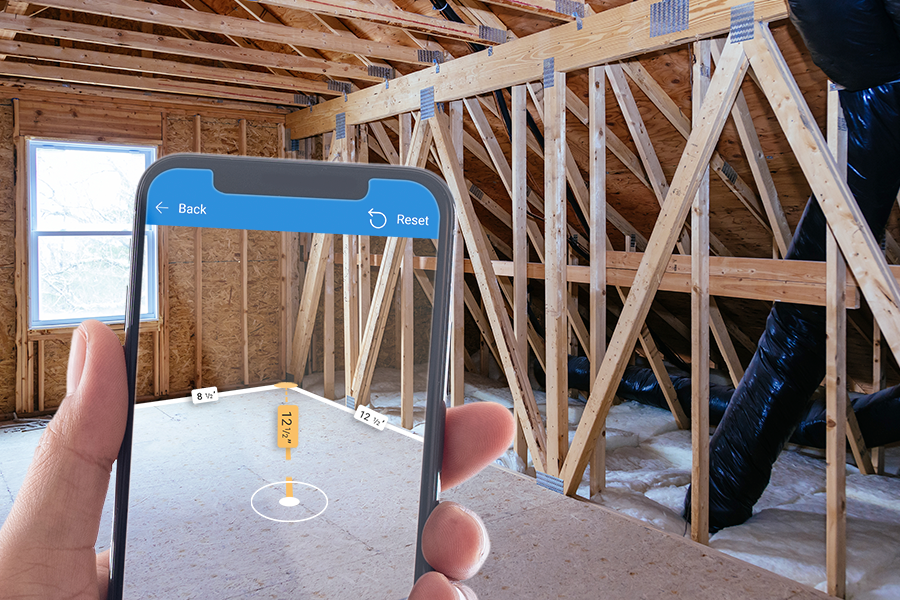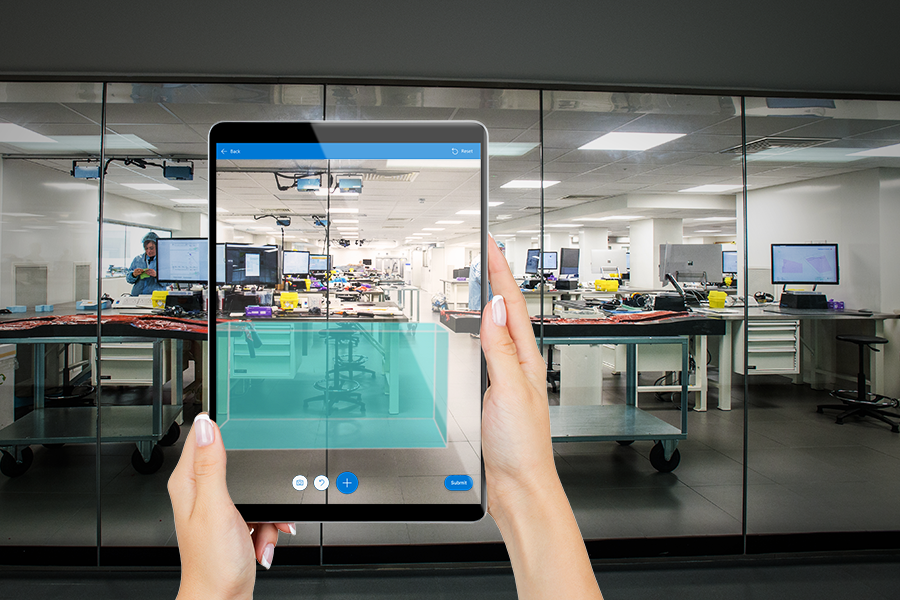If you’re looking into Microsoft Power Apps, you’re not alone. Thousands of businesses worldwide are turning to Power Apps to get applications into the hands of their users quickly. The benefit of Power Apps is the ability to easily deploy applications, with no prior coding experience required.
Power Apps are built on top of the Microsoft Common Data Service platform. We cover this topic more in-depth in a recent blog post regarding the difference between model-driven and Canvas apps. A few days ago, Microsoft announced a significant piece of news: mixed reality is coming to Power Apps. This makes Power Apps one of the first low-code/no-code platforms to include mixed reality – and that is a significant milestone.
As you can imagine, the use of mixed reality requires a considerable investment in software development – both of which take time and money. With this introduction, Microsoft is aiming to democratize the use of mixed reality. There are a few key areas Microsoft is focusing on that we will cover below.
Measurements

While the ability to take a measurement using a device is not a new thing, Power Apps changes the game by bringing this capability into the interface of your Canvas app. This enables the measurements to inform decision making and business processes. Power App measurements are taken in real-time using a camera on a local device. These measurements are either linear or volumetric and are engaged via on-screen controls. Once these values are saved, they can be stored in CDS.
Models and Virtual Volumetric Representations

Both 2D and 3D models can be stored in CDS as native data types. PowerApps also connects with OneDrive and SharePoint. 3D model files are supplied by your engineering or design teams to represent products used by this company. The advantage of this is the real-time visualization it affords. Users can drag and drop items into the camera view.
We could see this having a lot of benefit in the sales community, with on-site representatives demonstrating to customers their products in real-time This demonstration could take place at businesses, or even homes, as each use case may entail. If you do not have 3D model files, 2D photos (either JPG or PNG files) can also be used.

In addition to models, virtual volumetric overlays can also be used to determine if a product fits and how it impacts things like aesthetics and lines of sight.
What’s next?
With Canvas apps (a type of Power App), the goal is not to provide ready-to-use applications. The ideas above are designed to kickstart a conversation for developers, end-users (who can become app designers), and management teams. Microsoft aims to provide a blank canvas (no pun intended) for business solutions. In other words, the sky is the limit!
These mixed-reality features are currently in a private preview, with the public preview slated for May 2020. If you’re interested in participating in the private preview, send an email to mrceg@microsoft.com.
In the meantime, stay tuned for more Power Apps content on the Dynamic Consultants Group blog this week. Our developers have been working on some examples of what is possible, and you do not want to miss it. If you need assistance with either the design or implementation of a Microsoft Power App, contact Dynamic Consultants Group today. Our team is ready to help bring your ideas to life.



